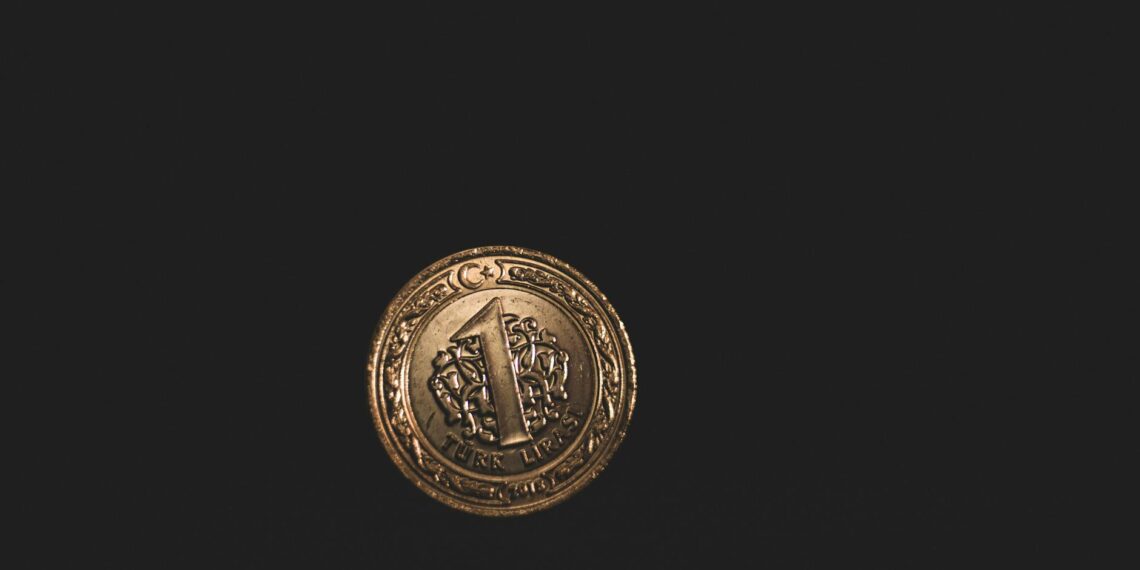The earliest form of coins in the world emerged in the ancient kingdom of Lydia, located in modern-day Turkey, around the late 7th century BCE.
These pioneering coins were made from electrum , a naturally occurring alloy of gold and silver. Early Lydian coins, such as the Lydian Lion, featured a detailed lion’s head on the front (obverse) and a simple punch mark on the back (reverse). The lion likely symbolized the strength and power of the Lydian kingdom, ruled at the time by kings like King Alyattes or his son Croesus.
While it’s believed these early electrum coins may have initially served purposes beyond just trade, potentially acting as tokens or badges, their development by Lydia’s rulers laid the foundation for the standardized coinage systems that would follow. The Lydians’ use of coinage, featuring standardized weights and values, is considered a crucial innovation that helped to revolutionize trade and commerce in the ancient world. The concept of using coins as a medium of exchange quickly spread to neighboring regions, including Greece and Persia, and eventually influenced the development of coinage systems across the globe.











What is the oldest coin still in existence?
The oldest coin still in circulation is the 10-centimes coin, produced by Federal Mint Swissmint (Switzerland) since 1879. The 10 centimes coins minted from 1879 onwards have had the same composition, size, design and are still legal tender and found in circulation.
What was the first coin worth?
Thanks for asking. It was found in current day Turkey and is smaller than a US dime in diameter but is similar in weight to the quarter. The oldest coin in the world is made of electrum, an alloy of gold and silver, and was probably worth about one month’s pay.